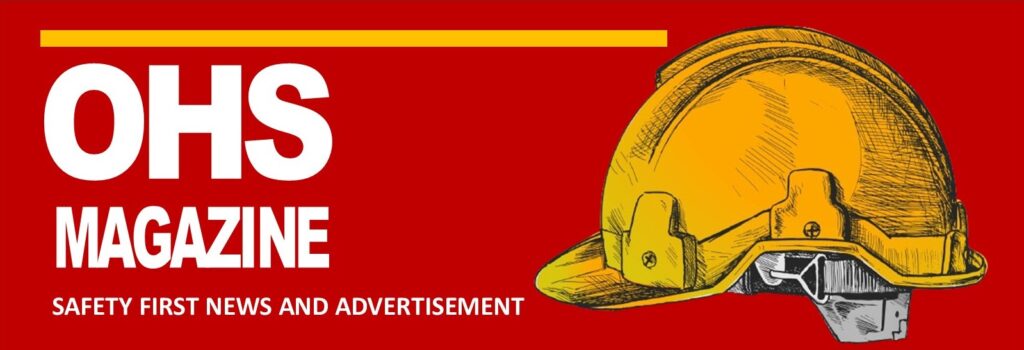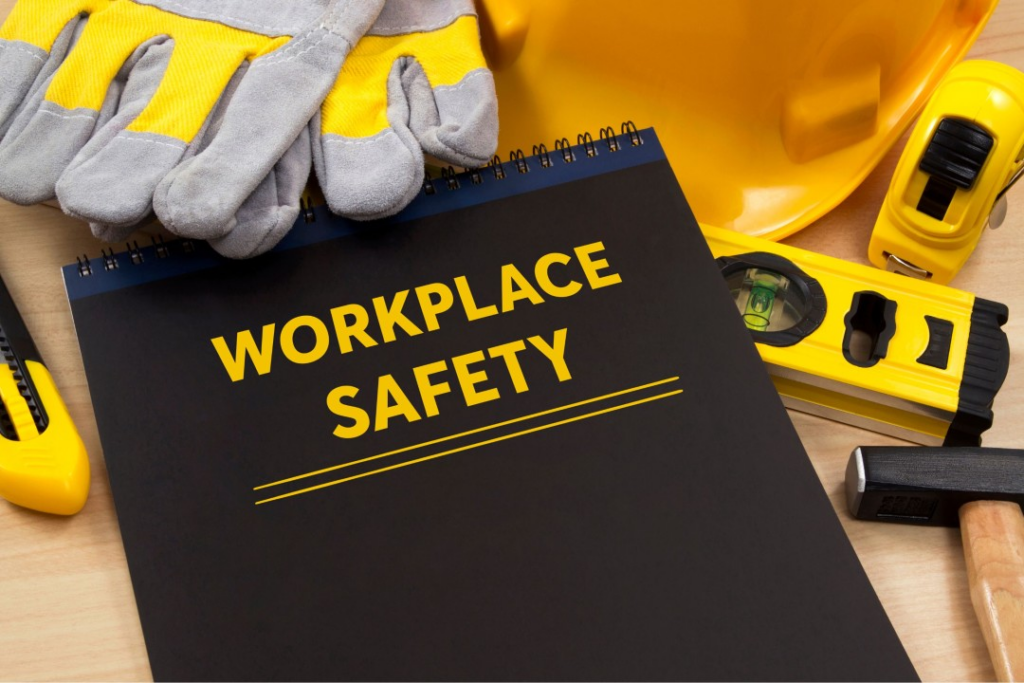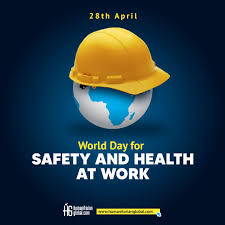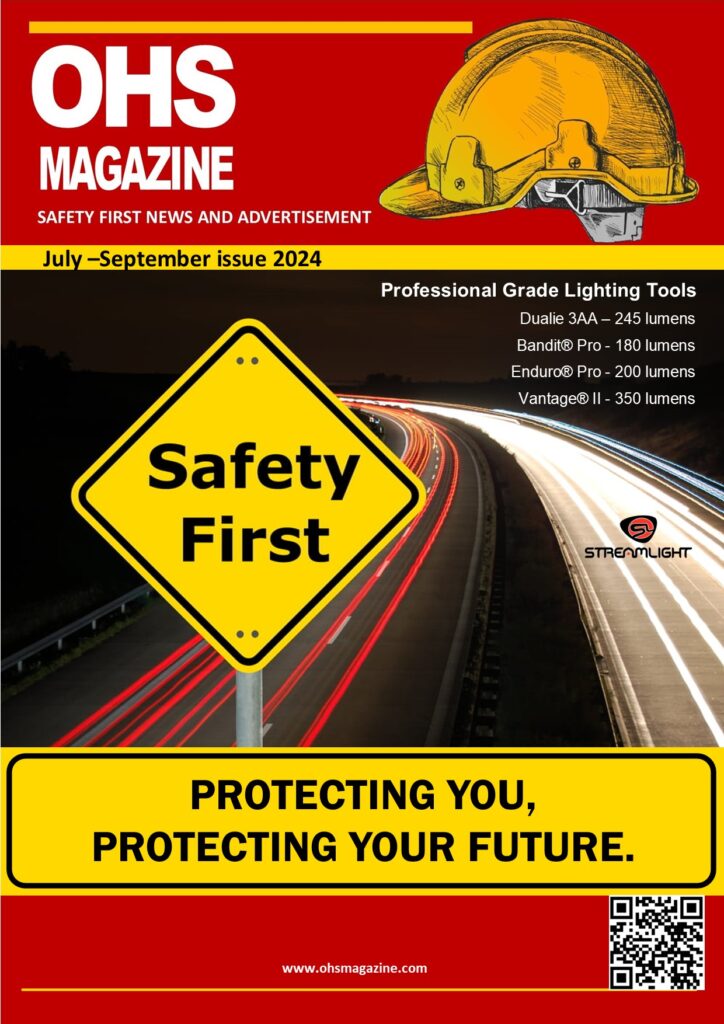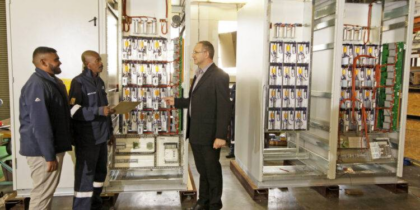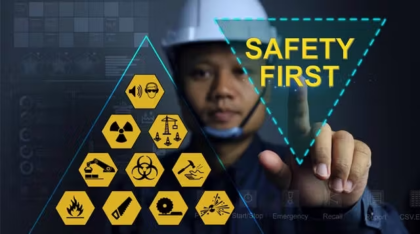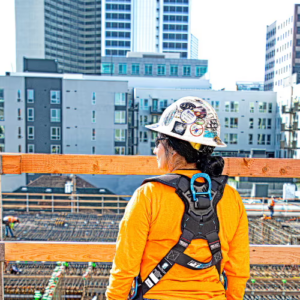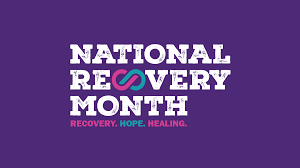Workplace health and safety continues to be a crucial focus for organizations worldwide, as businesses prioritize the well-being of their employees and strive to comply with regulatory standards. In this edition of OHS Magazine, we bring you the latest news and emerging trends shaping the landscape of workplace safety, along with practical tips to help ensure a safer, healthier work environment.
1. Heightened Focus on Mental Health in the Workplace
In recent years, there has been growing recognition of the impact of mental health on overall workplace safety. The COVID-19 pandemic significantly accelerated discussions on this issue, with many companies adopting mental health programs to support their workforce. In 2024, this trend continues to gain momentum, as organizations prioritize comprehensive employee wellness programs, including mental health days, access to counseling services, and mental health training for managers.
Actionable Tip: Encourage open conversations about mental health in your organization, reduce stigma, and provide employees with access to resources and support. Offering Employee Assistance Programs (EAPs) can be a valuable first step.
2. Advancements in Safety Technology
Technology has revolutionized the way businesses approach workplace safety. From wearables that monitor employees’ physical well-being to artificial intelligence systems that predict and prevent hazards, innovation is driving safer work environments. In particular, industries like construction and manufacturing are leveraging Internet of Things (IoT) devices, drones, and augmented reality to enhance worker protection.
Actionable Tip: Explore the use of wearable devices to monitor fatigue and prevent workplace accidents. For industries with hazardous environments, consider implementing AI-driven safety systems to identify potential risks before they occur.
3. Rise of Remote Work and Ergonomic Challenges
While remote work offers flexibility, it also presents new safety concerns—particularly when it comes to ergonomics. Without a proper home office setup, employees are more susceptible to musculoskeletal injuries such as back, neck, and wrist strain. Employers are now responsible for educating remote workers on ergonomics and providing guidance or financial support to create safe, comfortable workspaces at home.
Actionable Tip: Provide remote employees with ergonomic assessments and offer advice on the proper setup of home offices. Consider offering stipends for ergonomic furniture and equipment to ensure long-term comfort and productivity.
4. New Regulatory Updates and Compliance Requirements
Keeping up with changing health and safety regulations is critical for businesses, particularly in high-risk industries like construction, oil and gas, and healthcare. Recently, there have been significant updates in occupational safety legislation across different regions, with new requirements related to hazard identification, employee training, and reporting. For instance, OSHA (Occupational Safety and Health Administration) in the U.S. has introduced updates to its reporting standards and is increasing inspections in sectors where workplace injuries remain prevalent. Workplace Health and Safety News
Actionable Tip: Stay informed on the latest regulatory changes in your industry and ensure compliance with workplace safety laws. Conduct regular internal audits and employee training sessions to stay ahead of evolving regulations.
5. Sustainability and Safety Go Hand-in-Hand
With sustainability initiatives becoming a priority for businesses, workplace safety is being integrated into broader Environmental, Social, and Governance (ESG) frameworks. Companies are not only focused on reducing their environmental footprint but are also investing in sustainable safety practices that minimize risks to employees and improve overall operational efficiency. Safety innovations, like green building materials and eco-friendly personal protective equipment (PPE), are now part of this shift.
Actionable Tip: Look for ways to align your health and safety policies with your organization’s sustainability goals. Sustainable PPE and energy-efficient workplace designs can help enhance both safety and environmental performance.
6. Importance of Continuous Safety Training
Workplace safety isn’t a one-time effort; it requires ongoing training and reinforcement. Many companies are now shifting to digital platforms to deliver interactive, up-to-date training that employees can easily access from anywhere. Microlearning techniques—short, focused training sessions—are gaining popularity, offering employees bite-sized content that is easier to retain and apply on the job. Workplace Health and Safety News
Actionable Tip: Consider adopting online safety training programs that provide continuous learning opportunities for your employees. Incorporate scenario-based training to help workers better understand and handle real-world situations.
7. Employee Engagement as a Key to Safety Success
Creating a culture of safety requires employee engagement at all levels. When workers feel empowered to take ownership of safety practices and actively participate in hazard identification, the overall risk of incidents decreases. Many organizations are now using employee-driven safety committees, peer-to-peer safety observations, and incentive programs to boost participation. Workplace Health and Safety News
Actionable Tip: Foster a culture where safety is everyone’s responsibility by establishing safety committees and rewarding proactive behavior. Recognize employees who consistently follow safety protocols and contribute to a safer workplace.
Conclusion
As workplace health and safety continue to evolve, staying informed on the latest trends and regulatory updates is essential for ensuring the well-being of your employees. By prioritizing mental health, leveraging safety technology, and maintaining an ongoing commitment to training, organizations can create safer, more resilient work environments. OHS Magazine is dedicated to keeping you up-to-date on these developments and providing practical insights to help you navigate the ever-changing world of workplace safety.
For more industry news and expert advice, visit us at www.ohsmagazine.com.
